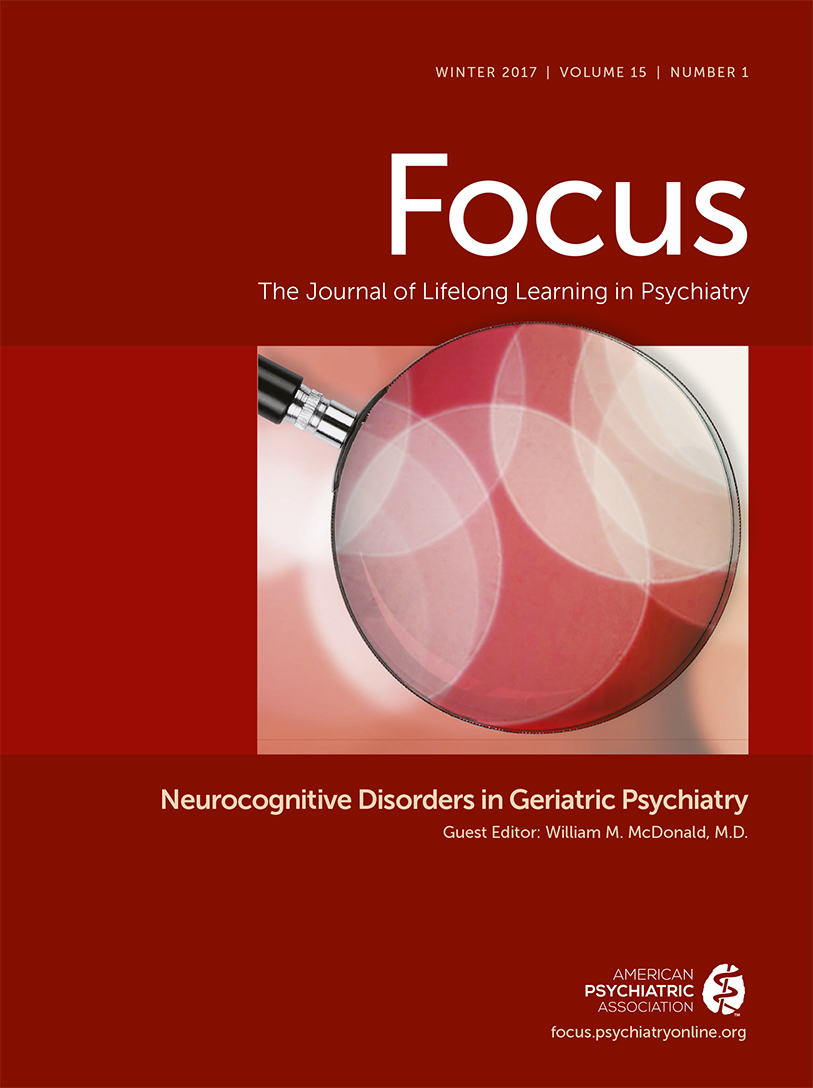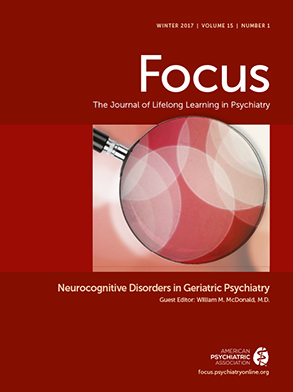The information that forms the basis for evidence-based medicine is often not applicable to many patients who are seen in practice.
The practice of treating psychiatric conditions has grown substantially more complex over the past three decades. New classes of medications, based on novel mechanisms of action, have emerged, and individual drugs within medication classes often have varying and only partly overlapping pharmacodynamics (e.g. second-generation antipsychotics, mood stabilizers). Furthermore, medications within classes vary substantially in their pharmacokinetic and drug interaction properties. Although approved medications have demonstrated efficacy in regulatory trials, these studies enroll only highly selected patients with uncomplicated illnesses. There is substantial uncertainty about how well results from trial-eligible patients generalize to patients with more complex illnesses seen in clinical settings (
2). Indeed, broadly inclusive effectiveness trials suggest that psychiatric medications may be substantially less efficacious in routine clinical settings than in clinical trials (STAR-D, CATIE, STEP-BD).
With the expansion of options, including somatic therapies such as deep brain stimulation and transcranial magnetic stimulation, clinicians are encountering increasing numbers of patients undertaking treatment regimens that often have not been subject to controlled studies. Other patients have multiple psychiatric or medical comorbidities—or are taking medications for other diseases—that introduce uncertainty into treatment selections. The result is that clinicians are often working with patients for whom the existing evidence base provides little guidance. For the most part, clinicians rely on “rational pharmacology” to guide their practice in these situations. Several outstanding psychiatrists have written regular columns elucidating the principles and methods of rational pharmacologic practice (
3–
5), but their helpful guidance is based primarily on theoretical considerations rather than real-world clinic-based outcomes. Although genetic, neuroimaging, and other biomarkers are undergoing evaluation to help individualize the selection of treatments for psychiatric patients, these methods will provide only a partial answer to the question of how to best treat complicated illnesses.
There is thus a great need for published clinical evidence that can fill the gap between the results derived from regulatory trials and psychopharmacological management as it occurs in the clinic. A new section in
Focus, “The Applied Armamentarium,” aims to address this gap. In pursuit of this goal, the section will publish the following types of articles:
•
Clinical trials reporting unique interventions in challenging patient samples.
•
Case series of challenging clinical scenarios that suggest a novel or effective application of psychopharmacology or somatic therapies.
•
Electronic medical record evaluations of medication combinations or the effects of psychotropics on patients with complex medical status.
•
Clinical applications of a biomedical testing procedure that assists in the selection or use of therapies.
•
Highly compelling and convincing individual case reports (involving dechallenge and rechallenge testing) of benefits or unusual harms from an intervention.
•
Commentaries offering an original perspective on an aspect of clinical psychopharmacology.
We welcome your submissions to this new section. Further inquiries can be sent to
[email protected] addressed to the Section Editor, Boadie Dunlop, M.D., M.S.
On behalf of the entire team, I welcome Dr. Dunlop to Focus and look forward to working with him in our efforts to help clinicians provide maximally beneficial and safe care by addressing the research gaps that exist in the treatment of psychiatric disorders.

